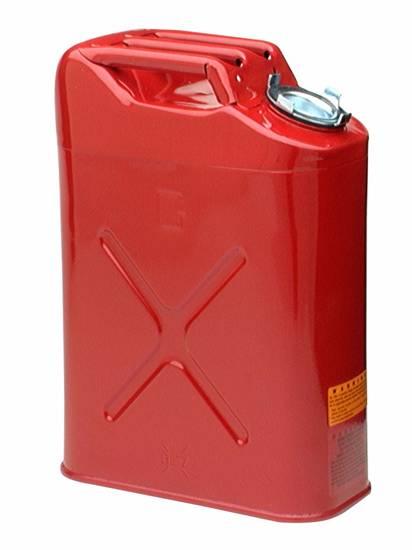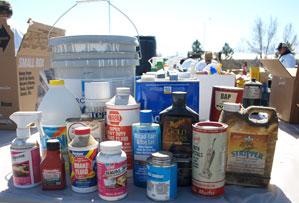UPCOMING EVENTS
View full calendarRisks To Your Water
YOU MAY NOT HAVE VISITED THESE PLACES...BUT YOUR DRINKING WATER MAY HAVE |
||||
 |
|
 |
||
What Now?
If you answered “Yes” or “Don’t Know” to any of the worksheet questions, water from your property could potentially threaten your family’s health, the value of your property or the health of people downstream. To find out more, please review the following fact sheets and surveys below. If you are concerned about your the potential risk and need more help contact your local extension office. Here are some simple tips on how you can be part of the solution to pollution.
"Risks to Your Water" Surveys and Fact Sheets
| Surveys | Factsheets | ||
 |
|||
 |
|||
 |
|||
 |
|||
 |
|||
 |
|||
 |
|||
 |
Drinking Water and Well Water Protection
 |
A source of clean drinking water is critical for human health. If you get your drinking water from a private well, it is YOUR responsibility to assure that your water is safe to drink. Test your well water periodically to assure that your water is safe to drink. For more information on testing your well water, click here. Common drinking water pollutants: |
If your water is contaminated, you must identify the source of contamination and remove it, or your water will become contaminated again! Even if your tests do not show contamination of your well, it is wise to check your land for any activities that may put your water at risk. Locating and controlling sources of pollution to groundwater can be challenging, but is far preferable to the cost and difficulty of cleaning up contaminated groundwater. Ironically, wells are often the most direct route for pollutants to get into our groundwater. Learn how to protect your home with these drinking water treatment systems.
For information on how wells work, how to test drinking water, and how to protect well water equipment (including wellheads) download Protecting Household Drinking Water as a powerpoint presentation or pdf.
Additional contacts: local health departments and Utah Division of Water Rights.
|
Wells that aren't used for drinking water: If you have a well that is no longer being used, you should consider closing the well to avoid any contamination of ground water. Well closing recommendations include:
|
 Protect your wellhead! Fence your well out of your pasture or holding area. Protect your wellhead! Fence your well out of your pasture or holding area. |
Managing Your Septic System
Many homeowners in Utah treat household wastewater with a septic tank system. Proper
management of these systems can protect your family from possible health impacts,
reduce the need for expensive repairs, and protect water resources.
For information about managing your septic system download Septic Systems: Out of sight and out of mind...until you smell them! as a powerpoint presentation or pdf.
Managing Animals to Protect Your Water
Animal waste that is introduced directly into a stream or pond or runs off the land
in stormwater or irrigation water can pollute the water with nutrients, sediments,
and disease causing organisms. In addition, animals can damage streams and other water
ways directly by trampling or over grazing the stream banks. This can lead to increased
erosion, flooding problems, loss of pasture land, and increased pollution. Activities
on your land can threaten the quality of your well water and waterbodies on your land,
but also may threaten downstream waters and neighboring wells.
For information on reducing pollution from animal manure and other impacts of domestic animals download Managing Manure from Domestic Animals to Avoid Negative Impacts as a powerpoint presentation or pdf.

Click here to use a manure and nutrient quantity calculation sheet to help you determine how much nutrients your livestock produces.
Fertilizers as Potential Pollutants
Proper storage, handling, and application of fertilizers on farmsteads or acreages
are essential to protect water sources from chemical contamination. Excessive application
rates, spills in storage areas, and seemingly insignificant spills during mixing and
loading can lead to fertilizer movement into surface or ground waters. If contamination
reaches drinking water sources, nitrates in the fertilizer can pose serious health
risks--especially for infants and young livestock. In addition to health concerns,
laws governing nutrients in surface water are being more strictly enforced than in
the past, in part because fertilizer runoff into surface water can cause excess algae
growth and result in fish kills.
Pesticides as Potential Pollutants
When handling and storing pesticides on your farmstead or acreage, you should always
have a strategy to prevent contamination of water resources. Accidental pesticide
spills around wells can, and do, lead to contamination of groundwater which can affect
you and your neighbor’s wells. Contaminated surface runoff creates a threat to streams
and lakes, and pesticide contamination can make the sale or transfer of land difficult.
Managing your pesticides to reduce risk of water contamination does not require a
major investment of money or time. It does, however, require responsibility and the
will to take action. Taking precautions with your pesticides is considered the best
action to reduce risk of water contamination.
Household Chemicals / Hazardous Wastes
Waste products are an inevitable result of daily living. While some types of waste
are harmless, a significant number are potentially hazardous to your health and the
environment. Waste products are hazardous if they are toxic, corrosive, flammable
or explosive. The federal government identifies over 500 specific materials as hazardous
wastes. Even a small amount of these materials can contaminate ground or surface water
and can be very difficult to clean up.
Below are some common hazardous materials found around the home and farmstead or acreage.
|
 |
Fuels as Potential Pollutants
Fuel spills and leaks pose a serious threat to human health and environmental quality.
One gallon of gasoline can contaminate up to 1 million gallons of water. Clean up
of fuel-contaminated soil and water can be extremely difficult and expensive. It is
best to take precautions to ensure that spills or leaks do not occur.

